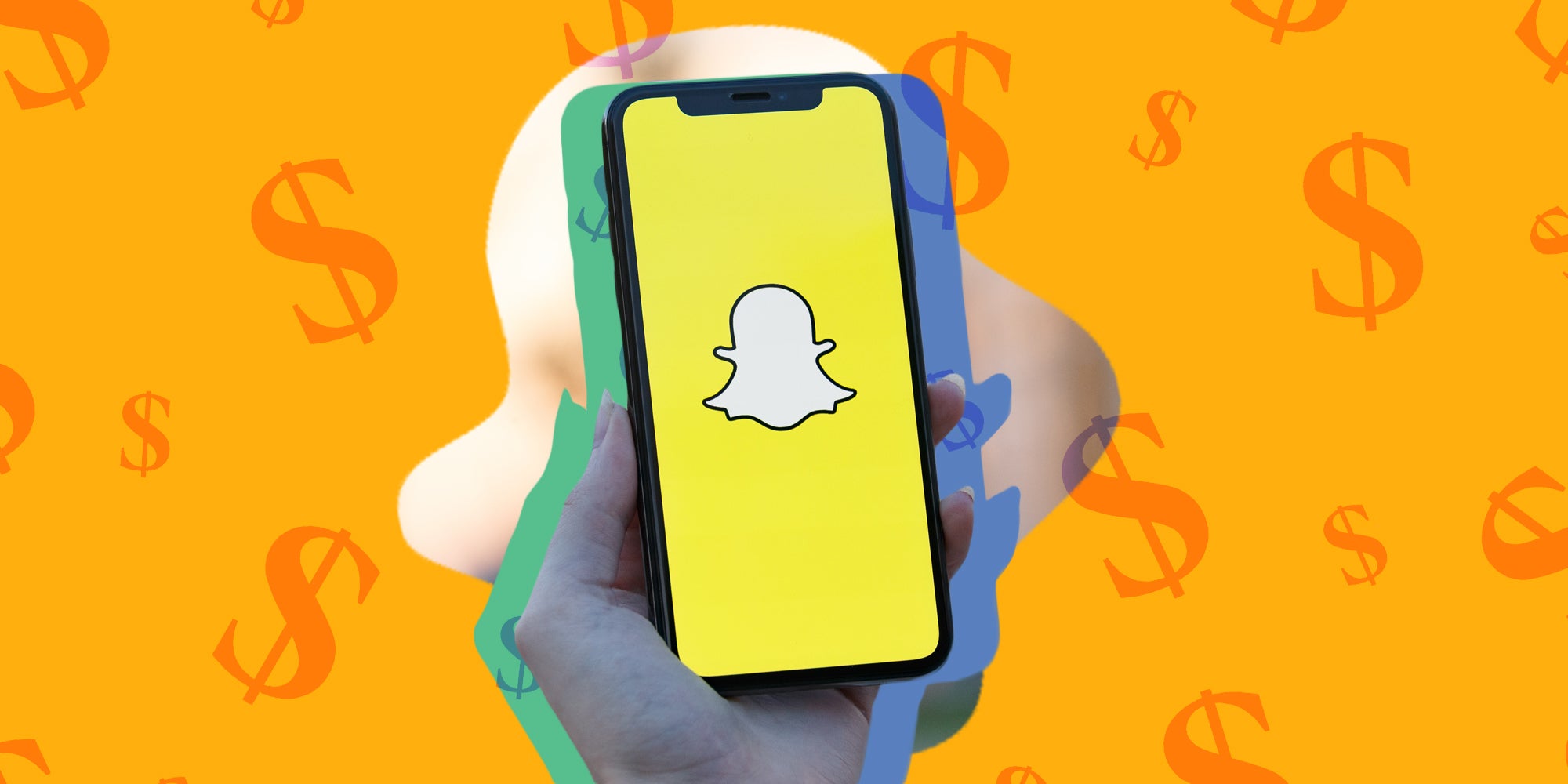
When it comes to the creator economy, YouTube, Twitch, and TikTok are often regarded as the most lucrative platform for those hoping to monetize their content.
But Snapchat, which started life as a friend-focused instant messaging app in 2011, has reiterated its commitment to becoming a go-to platform for creators in its latest Snap Partner Summit, during which they unveiled a number of features designed specifically with creators in mind.
With Public Stories, an improved Snap Map, and even a new Revenue Sharing Program, here are the main takeaways from April 2023’s Snap Partners Summit.
Extending reach
With the view of expanding creators’ audience reach, Snap, the media giant behind Snapchat, announced two new features to help social media stars take their content further.
Rolling out immediately, Snapchatters aged 18 and above can share content to their Public Story, which forms part of a new Public Profile that helps users extend their Snap reach beyond their friends and grants them access to vital insights on how their Public content is performing.
If users want to hit a specific time of day or timezone to maximize reach and impact, users also have the ability to schedule these Public Stories.
On Spotlight Snaps, a TikTok-like short-form video feature on the platform, creators also now tag locations, giving Snapchatters’ short-form videos access to Snap Map’s audience of up to 300 million.
Revenue-sharing leaves creators with lingering questions
After piloting the scheme with a small number of creators last year, Snap announced that they were finally really to unveil their Stories Revenue Share Program. The amount of money users might receive from this, and how it measures up to the percentage Snap presumably takes of said revenue, is unclear and left creators with uncertainty.
This program gives Snapchatters the option to monetize their Public Stories by offering them a share in ad revenue. Essentially, if a user is deemed eligible and accepted into the Program, they will be able to incorporate mid-roll ads between separate posts on their Story.
The rollout of the monetization of short-form videos has been notoriously controversial for platforms to implement, as ads must play in between videos rather than in the middle, like for longer-form videos. YouTube Shorts ad-revenue share program, which began in February 2023, attempted to alleviate that difficulty and offered YouTube Partner creators a pooled 45% of advertising revenue from all shorts based on viewership metrics.
For Snapchat’s new program, mid-roll ads will appear in between multiple Stories posted by a creator, making it seemingly easier to track which revenue will go to which creator. However, Snapchat’s TikTok and YouTube Shorts competitor, Spotlight, still does not have a revenue-sharing program implemented, although it offers cash “rewards” for a select group of top creators.
However, this Stories revenue sharing program is markedly less transparent than apps like YouTube, which provide YouTube partners with a clear 55% of advertising revenue on long-form videos and 45% of revenue from Shorts.
A Snap spokesperson told Passionfruit Snap is not sharing the revenue split at this time but called it “competitive,” claiming that big-name creators in the program have reported being happy with their income. On its Creator Hub, Snap states that the payment users receive will be “based on the revenue generated.”
According to guidelines detailing their payout process, Snap creators will not be able to initiate a monetary payment unless they have accumulated enough “Crystal Awards” (Snapchat’s monetary token for influencers) to withdraw at least $100.
Some monetization insight was also given during the launch of the pilot program last year, with a Snapchat spokesperson telling TechCrunch that the user’s exact payout was determined by a “payment formula” which, in its final calculation, took into account factors like the users’ level of audience engagement and how frequently they post.
It’s unclear if Snap’s new program resembles a fixed percentage of revenue taken, like in YouTube’s model, or if it will fluctuate behind the scenes over time.
However, the program does seem to not resemble TikTok’s creator fund, which received much criticism for its stagnant fixed amount of revenue that did not increase year over year. It looks like Snap’s program will be more focused on a percentage split—although who knows how much that percentage is.
Which creators are eligible?
Snapchat creators’ eligibility for the Revenue Share Program is, according to Snap, based on three broad areas: audience and engagement, consistency, and compliance.
Here’s what that means in terms of specific benchmarks and criteria a user’s Snapchat account should meet:
- At least 50,000 Public Profile subscribers.
- Over 25 million Public Profile views or 12,000 hours of total Public Profile view time in the last 28 days.
- 20 Public Profile Story posts per day for 10 days within the last 28 days.
Even if they meet the above criteria, user accounts will only be eligible if, in conjunction with this, the account holder is at least 18, lives in a participating country, and posts content in compliance with Snapchat’s Creator Stories Terms, Community Guidelines, and Content Guidelines for Recommendation Eligibility.
When it comes to becoming part of the Program, Snap has stated that they would be reaching out to eligible accounts which meet the above criteria imminently.




